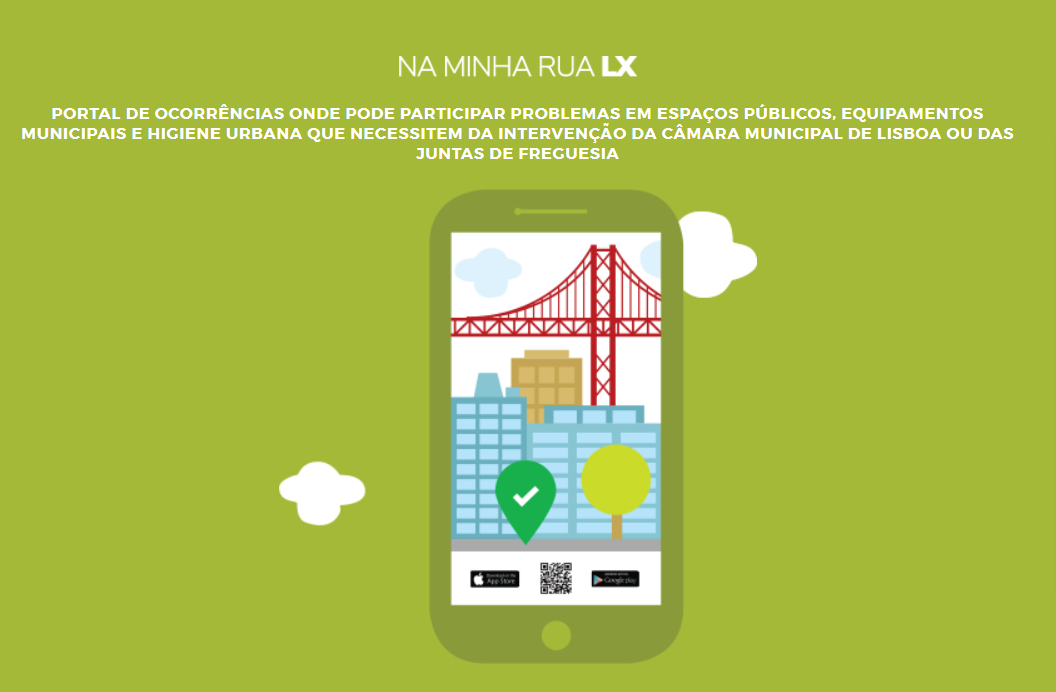
“The focus of our work will always have to be on the citizens and their participation in the government of the city. It is very important to develop practices that allow us to work with them.”
Says Ilda Pires, director of the citizen relations and participation department, at the Lisbon Municipality.
How can cities make sure their people can participate in the decision-making process? How can they make them actors in their city? How can local governments ensure they offer easy to access public services? These are some of the questions that partners in the UserCentriCities project have been trying to answer.
And some answers have taken the form of concrete projects. Under the slogan ‘Let us know that we solved it’, Lisbon, for example, created an online platform called Na Minha Rua LX – “On My Street” in Portuguese – to give people the power to have a say in the management and improvement of the city’s road system and mobility. “The city belongs to the people who live, work and study in it,” says Ms Pires.
Suppose a streetlamp doesn’t work, or a sidewalk needs fixing. Imagine there are problems with the waste collection or the status of a park; in that case, people can let the city know right away, and the platform will identify the relevant service and follow the whole process.
Examples from Other Cities
Citizen participation can take different forms. In Barcelona, Decidim.Barcelona is an open-source platform to launch and manage participatory processes. Through the platform, citizens can participate in topics of discussion and take part in proposing and organising projects. Since Barcelona integrated Decidim, they have changed the internal rules of the city council to incorporate public consultations in their everyday work.
Rotterdam also involves its citizens in new developments. Through the User Experience Lab, they can design, test, and validate public services engaging with the users at every step. In addition, Rotterdam has made public services accessible from the comfort of people’s homes. The city developed a digital counter directly embedded into their website, keeping the structure as simple as possible for accessibility. The counter gives access to public services and digital communication with the offices.
Espoo has a similar ambition to collect all electronic public services in one single platform, MyEspoo, replicating a virtual service centre that is easily accessible by all. Citizens can fill in and send application forms, make reservations, view their open cases and their status, participate in the service development, follow topics they showed interest in, get guidance and information through a chatbot, and send and receive messages from the city.
People were involved in developing Bologna’s new platform to offer online services. They contributed to defining the platform’s functionalities, participated in the beta testing phase, and contributed to the verification phase. The platform stands out also because it extends to all municipalities within the metropolitan area of Bologna, around 40 municipalities, and it can be extended to other cities in the Emilia Romagna region in the future.
Porto’s public service platform takes the physical form of a citizen card, which allows the owner to enjoy a set of advantages and benefits in accessing the experiences and services of the municipality. And Helsinki pushes the envelope a little further by promoting a proactive approach to using digitalisation to the advantage of public services. For example, based on their information, the city proactively reaches out to guardians of pre-schoolers and offers them a day-care centre allocation. The city also proactively provides subsidies to families or households who qualify for them.